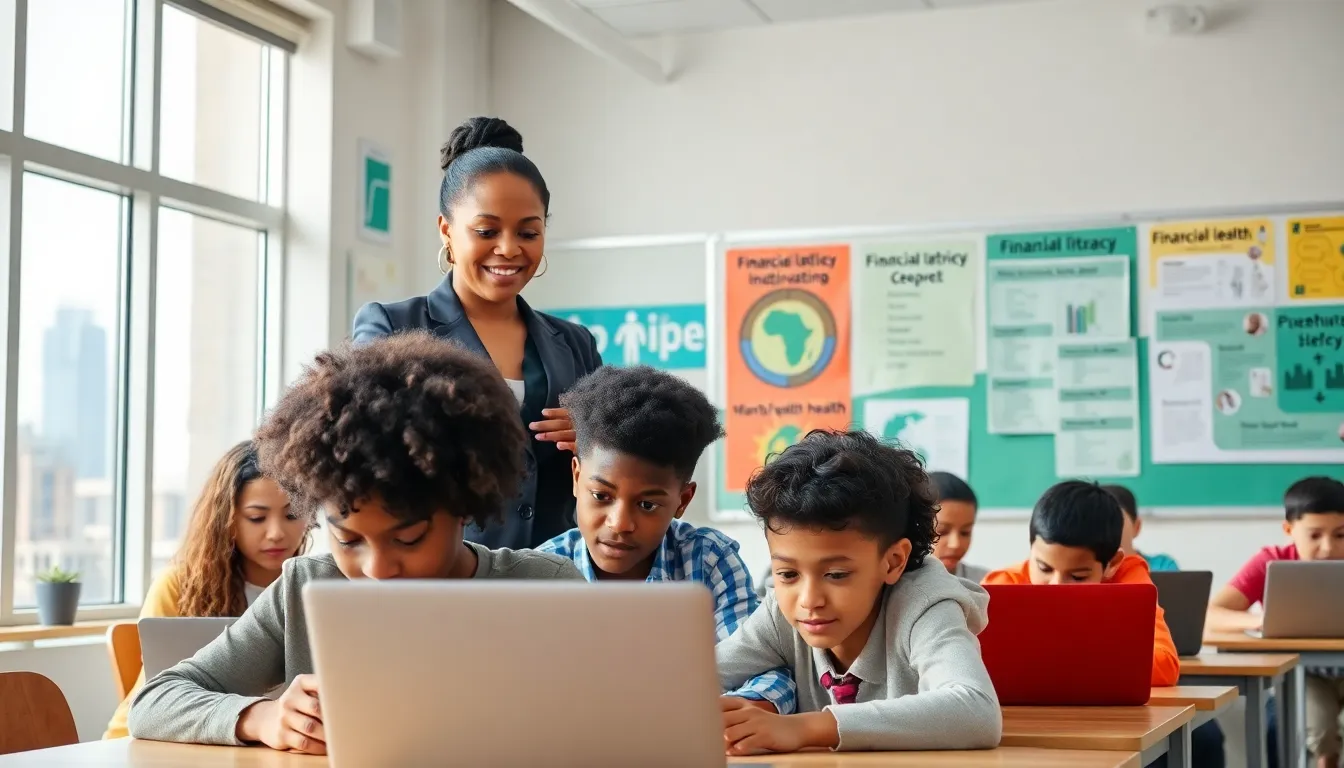Education today is like a rollercoaster ride, thrilling at times and downright terrifying at others. If you think about it, when was the last time you heard a student happily rattling off their financial aid horror stories? Or how about those tech issues that pop up like unwanted guests during remote learning? This article dives deep into the wild world of educational challenges we face today. So buckle up, grab your virtual school lunch, and let’s stroll through the issues shaping the future of education.
Table of Contents
ToggleFinancial Accessibility and Student Debt

Financial accessibility stands at the forefront of current education issues. With skyrocketing tuition costs, students often find themselves in a financial quagmire that’s hard to escape. Student loan debt in the U.S. has surpassed a staggering $1.7 trillion, creating a burden that affects not just graduates, but entire families. Many prospective students, especially from low-income backgrounds, may feel like higher education is a distant dream, overshadowed by mountains of debt.
Also, financial aid mechanisms seem more confusing than ever, leading to a situation where students often miss out on resources that could help them. Schools and universities need to rethink their approach, focusing on transparency and accessibility, while also creating financial literacy programs to prepare students for the realities of managing their finances.
Remote Learning and Technology Gaps
The shift to remote learning has brought both opportunities and challenges. While technology allows for learning from anywhere, not every student has equal access. The digital divide remains a pressing issue, with millions of students lacking necessary devices or reliable internet connections. This gap exacerbates educational inequalities, especially among marginalized communities.
For some, a simple Wi-Fi connection can mean the difference between keeping up with lessons and falling hopelessly behind. Schools must invest in infrastructure and provide resources to close these gaps, allowing all students to thrive in the digital schoolhouse.
Curriculum Relevance and Standardization
Curriculum relevance remains a thorny issue in today’s education landscape. Many argue that a one-size-fits-all approach to standardization stifles creativity and fails to prepare students for a dynamic world. Imagine sitting in a classroom, learning algebra when what you really need is to understand how to file taxes or navigate social media platforms affecting your future.
Educators today must rethink their curriculum strategies to prioritize real-world skills and foster critical thinking. A balanced approach that integrates core subjects with applicable knowledge equips students for the complexities of modern life.
Teacher Shortages and Workforce Challenges
As if navigating educational hurdles weren’t enough, teacher shortages add another layer of complexity to the mix. Many educators are feeling the heat from both intense workloads and low pay. As a result, they’re leaving the profession faster than schools can replace them. This shortage jeopardizes student learning experiences and disrupts academic continuity.
Also, the shortage isn’t just about filling positions: it’s about finding quality educators equipped for today’s challenges. Schools must innovate to attract and retain talent, offering incentives such as better pay, mental health support, and professional development opportunities.
Mental Health and Student Well-Being
Mental health issues have surged among students, a trend exacerbated by the pandemic and the stresses that accompany remote learning. Anxiety, depression, and feelings of isolation are prevalent, impacting not just learning but overall well-being. Schools need to prioritize mental health resources, integrating counseling services, stress management programs, and wellness initiatives into their framework.
By creating a culture that acknowledges mental health, schools can foster supportive environments where students can thrive mentally and academically.
Diversity, Equity, and Inclusion in Education
Diversity, equity, and inclusion aren’t just buzzwords: they’re essential components of a modern education system. Ensuring that all students, regardless of race, gender, or socioeconomic status, have access to quality education is fundamental. Unfortunately, discrimination still haunts many educational institutions, manifesting in biased curriculums and unequal resources.
To address these issues, schools must carry out policies that celebrate diversity and create inclusive spaces for all students. This commitment involves fostering a dialogue around equity, aiming for a learning environment where every student feels valued.
Future Trends and Solutions in Education
Looking ahead, education must continue to evolve to be effective in addressing today’s issues. Innovations in technology will play a significant role, from artificial intelligence to personalized learning experiences. Besides, collaborative approaches involving educators, parents, and policymakers can yield solutions that prioritize student needs. Expanding vocational training and skills-based pathways could also ease the transition into the workforce for many students.
As education adapts to societal shifts, it’s crucial to maintain a focus on equity and accessibility, ensuring that every learner can seize the opportunities afforded by an evolving landscape.





